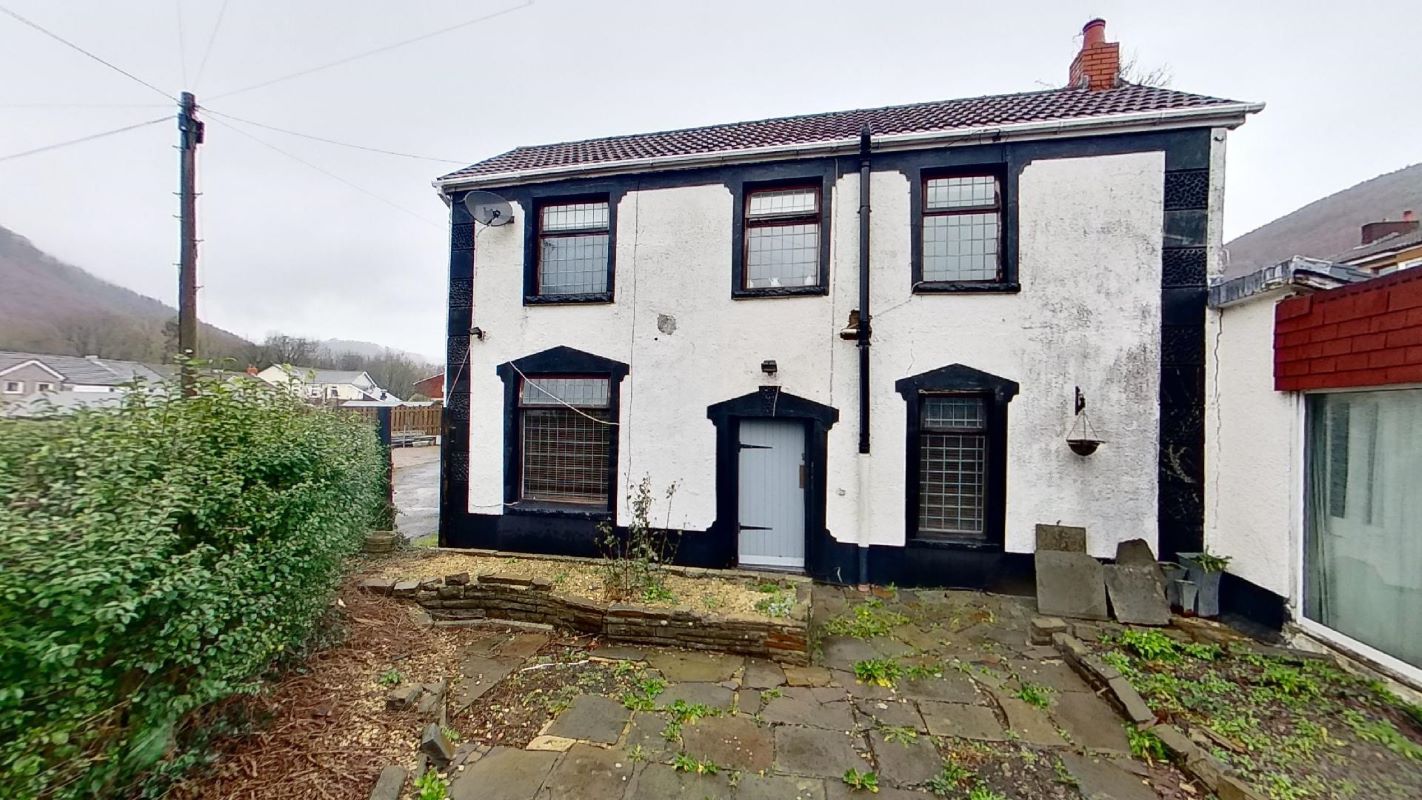
Dublin, Ireland's capital, is a charming, historic city. The city, which has more than 1000 years history, is surrounded mountains and a River. Historic buildings and vibrant art fill the streets, as well as hip cafes.
Dublin Castle is a medieval fortress built in 1204. The castle was built in Norman style. The building was a venue for state balls and banquets. In 1673 and 1684, fires destroyed the castle. The castle was rebuilt in Georgian style. In 1922, it was handed over to the Irish government. The museum now has a focus on destitution and social history from the 20th century.
The Castle houses a Norman Record Tower, dating back to 1258. The Victorian Chapel Royal can also be found here. In the Castle grounds is also the Georgian Treasury Building (built in 1870) and Revenue Commissioners Building (built 1960). The grounds include beautiful parks, food markets, and other amenities. The Castle complex is home to several museums.

A library is located on the grounds of Dublin Castle. There are over 20,000 manuscripts, costumes and rare books in the library. This museum contains a wealth of artifacts including folk-life and weaponry. A 75-minute guided tour provides much interesting detail.
The Book of Kells contains illuminated manuscripts of all four gospels. This manuscript is only limited in number. The Book of Kells' Long Room is one of Dublin’s most photographed rooms. This room is home to the library’s oldest and most valuable books.
There is also a large collection of glassware and ceramics in the library. The library also has thousands of manuscripts, some of which are by Francis Bacon. Sir Alfred Chester Beatty, who died in Ireland, left his library to the Irish State. The library has miniature paintings, costumes, and rare books.
Christ Church, also known to be the Holy Trinity and Dublin's oldest cathedral medieval is Christ Church. The cathedral was originally built as a wooden church. It was rebuilt in 1172. It is also home to the Church of Ireland. Its architecture combines Gothic, Romanesque and Victorian elements.

Urban overcrowding made a comeback in Ireland after the Famine. The number deaths from tuberculosis, famine, and other causes increased in Ireland. The epidemic was not under control until the second century. In the nineteenth century, the rate of tuberculosis in Dublin was about the same as that in London. It was also a deadly disease that led to death and morbidity.
Dublin is also known as the home of the legendary "old mans" pubs. This is not the only reason why you should visit Dublin. Dublin also has many hip cafes. The city also has WiFi in most coffee shops. Dublin is best visited during the summer months when there are fewer tourists and prices are lower. You can also visit Dublin in the autumn, which is cooler and has a less humid climate.